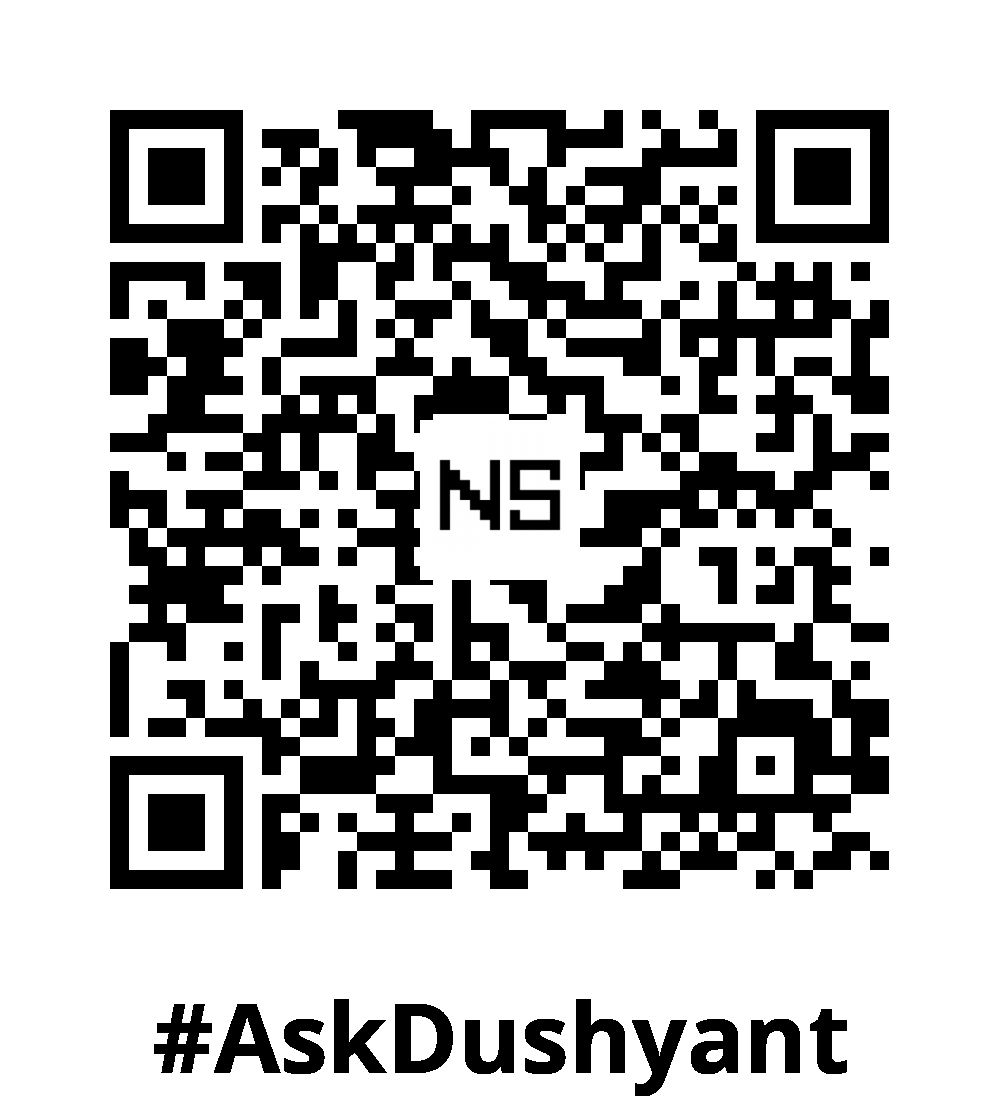Agile thrives on fast feedback, teamwork, and transparency. Whether teams follow Scrum, Kanban, XP, or SAFe, clear and timely communication ensures alignment, faster delivery, and fewer misunderstandings.
The common question is: Who communicates with whom, how often, and through which meetings? This guide explains communication practices in Scrum, compares them with other Agile approaches, and highlights meeting limits that keep teams efficient.
Why Communication Matters in Agile
Agile values short feedback loops and continuous collaboration. Communication enables:
- Transparency of progress and blockers
- Faster decisions through team discussions
- Active involvement of stakeholders
- Respect for time-boxed meetings to avoid fatigue
The goal is not endless meetings but the right conversations at the right time.
Scrum Roles and Their Communication Responsibilities
- Product Owner (PO): Shares business goals and backlog priorities, collaborates frequently with stakeholders.
- Scrum Master (SM): Facilitates discussions, resolves impediments, ensures Scrum principles are followed.
- Development Team: Communicates progress, dependencies, and technical challenges within the team and with the PO.
Events and Communication Frequency in scrum
| Event | Participants | Time Frame | Purpose |
|---|---|---|---|
| Daily Scrum | Development Team + SM (PO optional) | 15 minutes daily | Share progress and blockers |
| Sprint Planning | Development Team, PO, SM | 2–4 hours per 2-week sprint | Plan sprint backlog and set goals |
| Sprint Review | Dev Team, PO, Stakeholders | 2–4 hours per sprint | Demo increment and gather feedback |
| Sprint Retrospective | Dev Team, SM (PO optional) | 1.5–3 hours per sprint | Inspect and adapt team process |
| Backlog Refinement | Dev Team, PO | Ongoing (~10% of sprint) | Clarify, estimate, and prioritize items |
Scrum uses time-boxing to keep communication effective without disrupting delivery.
Communication in Kanban
Kanban avoids fixed sprints but still emphasizes visibility and team alignment.
- Daily Standup: 10–15 minutes around the Kanban board to review work in progress.
- Replenishment/Planning Meeting: Weekly or as needed to decide upcoming work.
- Delivery Planning: Held before major releases with team and stakeholders.
- Retrospectives: Conducted regularly but not tied to sprint cycles.
Key difference: Kanban communication focuses on work flow and throughput instead of sprint cadence.
Communication in Other Agile Frameworks
Extreme Programming (XP)
- Relies on intensive developer-to-developer communication through pair programming, TDD, and continuous integration.
- Daily standups, frequent retrospectives, and stakeholder meetings are core.
- The communication style is engineering-heavy compared to Scrum.
SAFe (Scaled Agile Framework)
- Adds structured communication across teams, programs, and portfolios.
- PI Planning (Program Increment Planning): A large-scale event held every 8–12 weeks to align hundreds of participants.
- Sync meetings at team, program, and solution levels maintain enterprise-wide coordination.
Best Practices for Agile Communication
- Time-box every meeting to protect productivity.
- Leverage digital tools such as Jira, Trello, Slack, or MS Teams for transparency.
- Adopt asynchronous updates to reduce unnecessary calls and emails.
- Balance stakeholder involvement so teams receive input without constant interruptions.
- Adapt frequency to context—new teams may need more meetings, mature teams may require fewer.
Real-World Example: A Cross-Functional Scrum Team
A SaaS company structured communication for its Scrum team of seven Developers, one Product Owner (PO), and one Scrum Master (SM) as follows:
- Daily Scrum (15 minutes): Attended by Developers as mandatory participants, with the SM facilitating and the PO optionally observing. Focus on progress and blockers.
- Weekly Backlog Refinement: Conducted by the PO and Developers, with the SM facilitating. Items are clarified, estimated, and prioritized.
- Bi-Weekly Sprint Review: Attended by the Developers, PO, and SM, along with external stakeholders. The team demonstrates the increment and gathers feedback.
- Quarterly Strategic Planning: Involves the PO representing product vision, the SM supporting facilitation, and leadership stakeholders aligning on long-term priorities.
This structure ensured that each Scrum role engaged at the right level of communication without unnecessary overlap, keeping the team focused and aligned with business goals.
My Tech Advice: Agile frameworks intentionally design communication into their structure.
- Scrum: Clear cadence with defined roles and time-boxed events.
- Kanban: Flexible, flow-driven discussions.
- XP: Developer-focused with frequent engineering conversations.
- SAFe: Enterprise-scale planning and sync events.
Regardless of framework, the principle remains: communicate clearly, frequently, and with purpose. The right rhythm drives agility without overwhelming teams.
Ready to adapt agile ? Try the above tech concept, or contact me for a tech advice!
#AskDushyant
Note: The names and information mentioned are based on my personal experience; however, they do not represent any formal statement.
#TechConcept #TechAdvice #Agile #ProjectManagement #SoftwareDevelopment #Scrum #Kanban


Leave a Reply